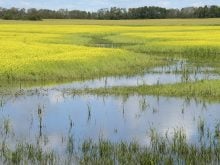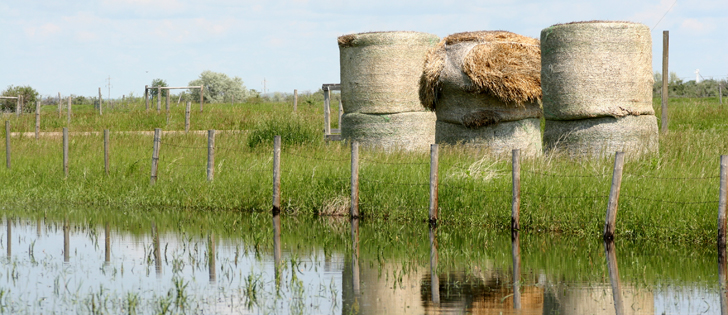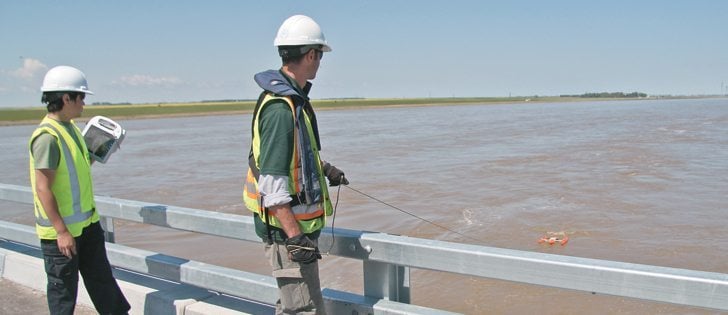Two governments have fallen, but the Manitoba Forage and Grassland Association’s watershed analysis program has survived and is striding forward.
Manitoba Agriculture Minister Ralph Eichler recently joined federal Agriculture Minister Lawrence MacAulay in supporting the $1.7 million data analysis program called Aquanty, which will provide ongoing analysis and understanding of the Assiniboine River Basin.
“With the changes in two governments we were about 14 months in the genesis of the project,” said Henry Nelson, MFGA’s vice-chair and head of the analysis project.
The forage association is overseeing the project not only because it proposed it but also because forages are one way to reduce the impact of floods and droughts.
Read Also

Alberta researcher helps unlock the economics of farming
Lethbridge Polytechnic researcher helping agriculture producers with decision-making tools in economic feasibility
“We can build ditches and dikes and so forth, but that’s not going to alter the flow of the water, the water pattern,” said Nelson.
“It’s not until we get back onto the landscape and start managing it at that level that I think we’re going to be able to make real effective and efficient change.”
In Manitoba, flood fears have always tended to focus on the Red River, but the massive floods along the Assiniboine River in 2011 and 2014 shone a harsh spotlight on the lack of understanding about how the Assiniboine watershed works.
The Aquanty program will assemble millions of “data points” within the basin and provide analysis of how the water is flowing from land into the Assiniboine, Qu’appelle and Souris rivers.
Nelson said the first three million data points should be established by the end of this year, and further levels of analysis will then be built on top that can be processed by high-capacity computers.
The project was originally supported by the federal Conservative government and the provincial NDP government, but both governments have fallen since signing on.
Having Manitoba’s new Progressive Conservative government join with the federal Liberal government in continuing the support was a relief.
“We are quite pleased,” said Nelson.
















